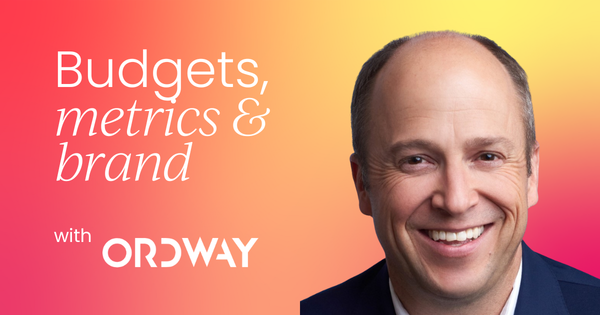I’ve always believed that marketing is one of the most complex and rewarding functions in business. It sits at the intersection of technology, creativity, sales, product, and finance. That’s both a privilege and a challenge.
Over the course of my career, I’ve experienced this from multiple perspectives: I started out as a developer writing code, shifted into product management, did stints in sales, and eventually found my calling in marketing.
Now, as CMO of Ordway, I lead marketing and product management teams with a perspective shaped by every stage of the go-to-market process.
I’ve worked in tiny startups doing less than a million in revenue and in massive public companies pulling in over two billion. That range (from scrappy bootstrapping to navigating billion-dollar valuations) taught me how important budgeting, metrics, and strategic balance are to a company’s growth.
I want to share what I’ve learned about three interconnected challenges every CMO faces: how to own your metrics and tell the right story, how to balance short-term demand with long-term brand, and how to advocate for your budget with both offense and defense in mind.
Along the way, I’ll share some of the personal lessons I’ve picked up from walking in different roles and industries, as well as what continues to excite me about the future of marketing.

From developer to CMO: Why perspective matters
One of the best advantages I bring to the CMO role is perspective. I know how hard it is to sit in sales meetings with a quota looming, because I’ve done it. I know the pressure product teams face when roadmap commitments meet the realities of limited resources, because I’ve lived it.
And yes, I know what it’s like to be deep in code, staring at bugs at two in the morning, trying to get a release out.
That background makes me a better partner to sales leaders and product executives. As we say in the U.S., I’ve walked a mile in their shoes. It doesn’t mean I want their jobs (I’ve seen enough to know I don’t) but it does mean I have empathy for their challenges.
When I sit down with a CRO, they know I understand the grind of hitting numbers. When I work with product leaders, they know I get the complexity of balancing customer needs with engineering realities.
Too often, marketing is seen as disconnected from the “real” revenue-driving work of the business. But if you’ve been on the other side, you know exactly how marketing can make or break those efforts.
My mission as a CMO is always to position marketing as a true partner to sales, product, and finance. That starts with how we communicate our impact.
Owning the metrics and the story
Marketing today is obsessed with metrics, and rightly so. In the SaaS industry, if you can’t measure it, you can’t defend it. But there’s a risk in letting others define your metrics for you.
Finance, operations, or even the board may use crude shortcuts to measure marketing performance: pulling a line item off an income statement, dividing total spend by new customers, or running a quick report from the CRM.
The problem is, those numbers rarely tell the whole story. If you wait for someone else to define your metrics, you’ll always be on the defensive. I’ve found that the best approach is to get ahead of the metrics and define them yourself, backed by logic and consistency.
For example, at every company I’ve worked, I’ve gone beyond just reporting raw lead counts. I measure how many of those leads are BANT-qualified – meaning they have Budget, Authority, Need, and Timing.
That one filter instantly separates serious opportunities from noise. If 60% of your leads meet BANT criteria, then you don’t have a demand generation problem. If you’re missing targets, the root cause is somewhere else: maybe product-market fit, maybe sales execution, maybe pricing.
Another area where I’ve had to challenge assumptions is customer acquisition cost (CAC). Too often, finance teams define CAC by taking last quarter’s total sales and marketing expenses and dividing by the number of new customers.
That approach ignores the nuance of what marketing dollars actually do. Many marketing expenses (like internal training videos or executive presentations) have nothing to do with acquiring new customers.
If you don’t strip those out, you’re left with a distorted picture of acquisition cost.
By defining CAC carefully, and explaining it proactively, I’ve been able to reframe the discussion and take ownership of that metric. The lesson here is simple: if you don’t own the data and the story, someone else will write it for you.
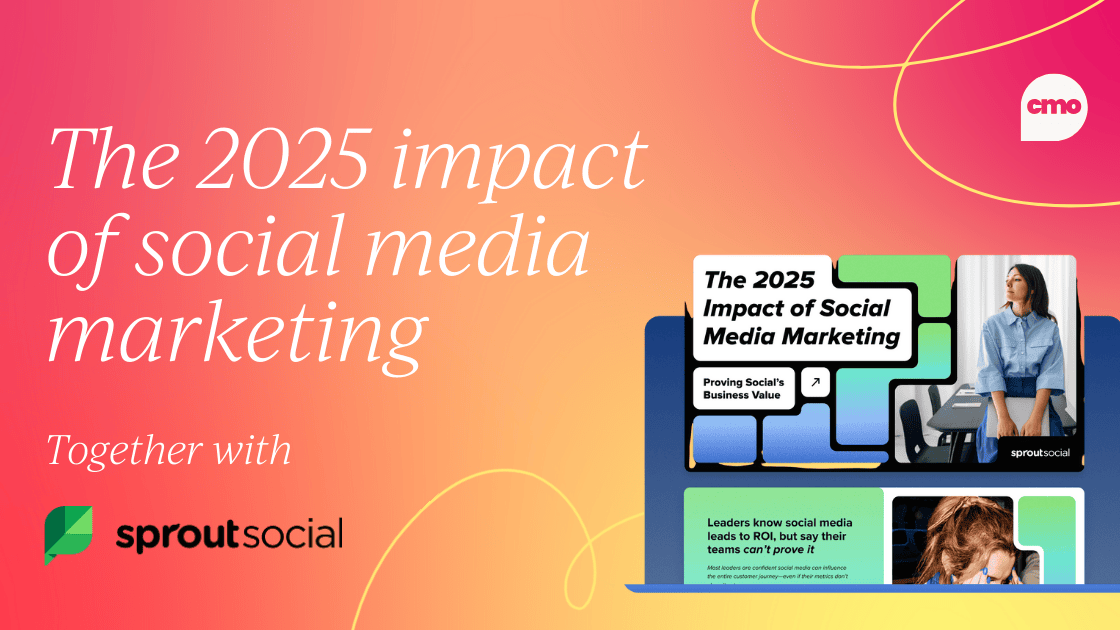
Choosing the right metrics for the right audience
Of course, not every metric matters to every stakeholder. Marketers love data points like open rates, page views, or session duration. But try putting those in front of a CEO or board, and watch their eyes glaze over.
Executives care about what connects directly to growth: marketing-sourced bookings, influenced revenue, pipeline coverage, and return on the top budget line items.
When I sit down with the CEO or CFO, I don’t talk about the 20 trade shows we sponsored. I focus on the big bets: if we spent $10 million on search ads, I need to show the return. If we invested in an SEO agency, I need to show the outcomes.
I think of marketing spend like a stock portfolio. You don’t obsess over why every individual stock didn’t outperform the market. You care about the overall return. If 15 out of 20 investments are paying off, the portfolio is healthy.
The same is true for marketing: review, learn, and adjust, but don’t let executives fixate on a single campaign when the bigger picture is strong.
The brand vs. demand balancing act
The hardest challenge CMOs face today is balancing short-term demand generation with long-term brand building.
CFOs and boards naturally prefer performance marketing; it’s measurable and shows immediate ROI. But if you only invest in bottom-of-funnel demand, you’re mortgaging your future.
In most established markets, only 10-20% of potential buyers are actively shopping in a given year. The other 80-90% will buy eventually when they switch jobs, roles, or tools. If you ignore them, you’re invisible when their buying moment comes.
Research has shown for years that most buyers complete 60-80% of their research before ever talking to a sales rep. If your brand isn’t shaping that early research, you’ve already lost ground.
This is where brand marketing matters. Unfortunately, “brand” can be a dirty word in software. Some CEOs hear “brand” and think “arts and crafts”.
To overcome that, I’ve reframed the conversation around recognition (how many potential buyers have even heard of us?) and reputation (among those who know us, what do they think?).
Every executive cares about reputation. Are we the company top talent wants to join? The one investors chase? The one customers talk about? When I frame brand investments in terms of reputation, I get far more nods around the table.
Still, brand budgets are often challenged, especially for PR, events, and general advertising. The debate is usually not “should we be there?” but “how much should we spend?”
Should we pay a million dollars to be the platinum sponsor with Taylor Swift at the afterparty, or is the modest booth good enough? That’s a healthy discussion. But cutting brand altogether is a mistake I fight hard to prevent.
Playing offense and defense in budget negotiations
When it comes to budgeting, I think in terms of offense and defense.
On defense, I make sure I understand what the CEO and CFO really care about. If they ask about something more than once, I take note. I prepare quick, data-backed answers for every major campaign, agency, or headcount.
If I can explain in 30 seconds how an initiative ties to a corporate priority, the conversation moves on. If it takes five minutes, I know I’m in trouble.
On offense, I walk in with a strategic plan. I show the total addressable market, our current share, and growth rates. If the market is growing 35% annually, should we be growing at 35% or should we aim for 50%? Should we expand our footprint in the Global 2000, or go deeper with existing accounts?
Framing budget asks in terms of long-term growth, market share, and leadership makes the discussion far more strategic.
I also bring competitor data. LinkedIn reveals how many employees they have in marketing. SEMrush and Ahrefs estimate their ad spend. Their social feeds show which events they’re sponsoring and we often know the price tags.
When you can walk into a budget meeting and show, with evidence, that your competitors are outspending you in key channels, it changes the conversation.
The key is in delivery: you can’t one-up your CEO or make them defensive. Present the data casually, weave it into discussion, and use it to build your case.

Active listening and constant communication
One of the biggest lessons I’ve learned is that budgeting isn’t a once-a-year exercise. It’s an ongoing conversation. If you wait until Q4 to defend your programs, it’s too late. By then, the budget might already be cut.
Instead, I show metrics and spending results proactively throughout the year (quarterly at minimum). I listen to the concerns the CEO or CFO raises, because those are the signals that will resurface later.
Budget discussions are easier when you’ve been building alignment all year long.
It’s also about relationships. The better you understand what “ticks” the other person (what excites them, what frustrates them) the better you can frame marketing’s impact in a way that resonates.
Pride and motivation: What keeps me going
On the personal side, my proudest achievement is being a father to three kids. Nothing in my career comes close.
On the professional side, one milestone that stands out is writing a book on ecommerce. It was one of the hardest things I’ve ever done (pouring countless hours into writing while balancing a full-time job) but the sense of accomplishment was worth it.
What excites me now is the future of marketing in the age of AI. There’s a growing temptation to let generative AI do all the work. But I’m convinced that human creativity is irreplaceable. AI can remix what already exists; humans can invent what doesn’t.
Marketing has always been both left brain and right brain. Data, models, and metrics are vital, but so are storytelling, imagination, and positioning. The only way to stay ahead is to combine artificial intelligence with human intelligence.
I remind my team constantly: don’t become solely dependent on technology. We hired you for your creativity, your ideas, your ability to surprise and delight. That’s what will differentiate us.
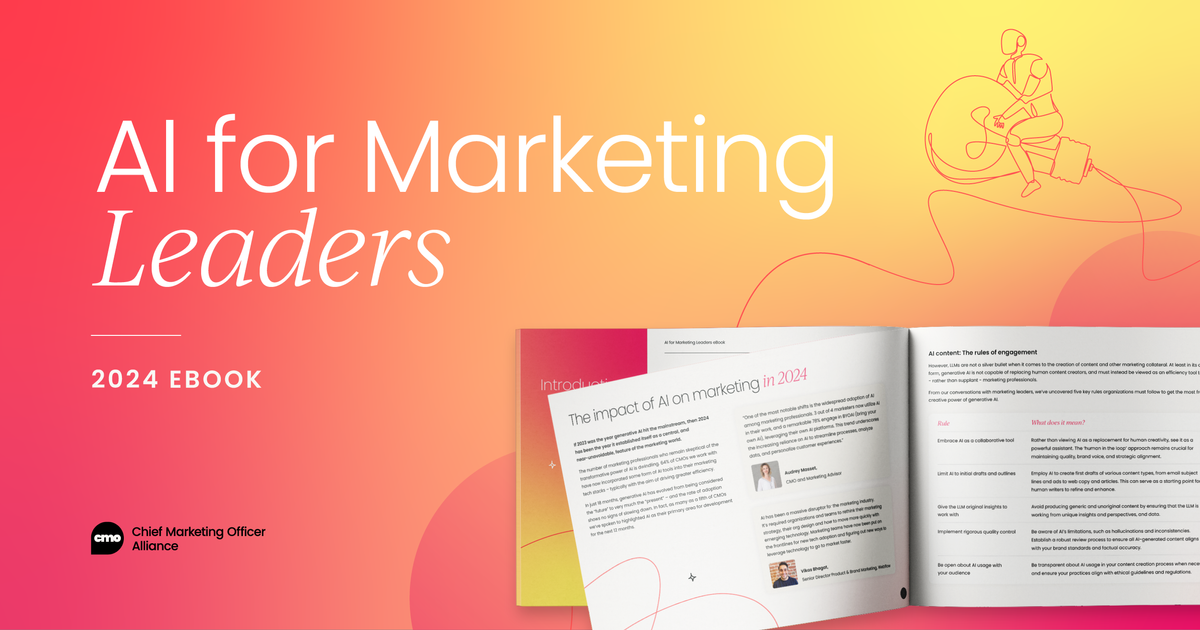
Closing thoughts
Marketing will always involve tension: between metrics and storytelling, between brand and demand, between offense and defense in budgeting. But those tensions are what make it so impactful.
If I’ve learned one thing, it’s this: marketing’s role is to connect the dots across the business. We translate product vision into customer value. We turn sales challenges into demand-generation strategies. We turn financial constraints into creative opportunities.
I’ve walked in many shoes across my career, and that’s given me an appreciation for how hard each function is. But it’s also given me clarity: marketing has the power to unify, to drive growth, and to shape reputation.
Budgets will always be tight. Metrics will always be debated. AI will always threaten to automate what we do.
But as long as we keep both our left brain and right brain engaged – combining rigor with creativity, data with storytelling – I believe marketing will continue to be one of the most exciting, impactful roles in business.






.png)



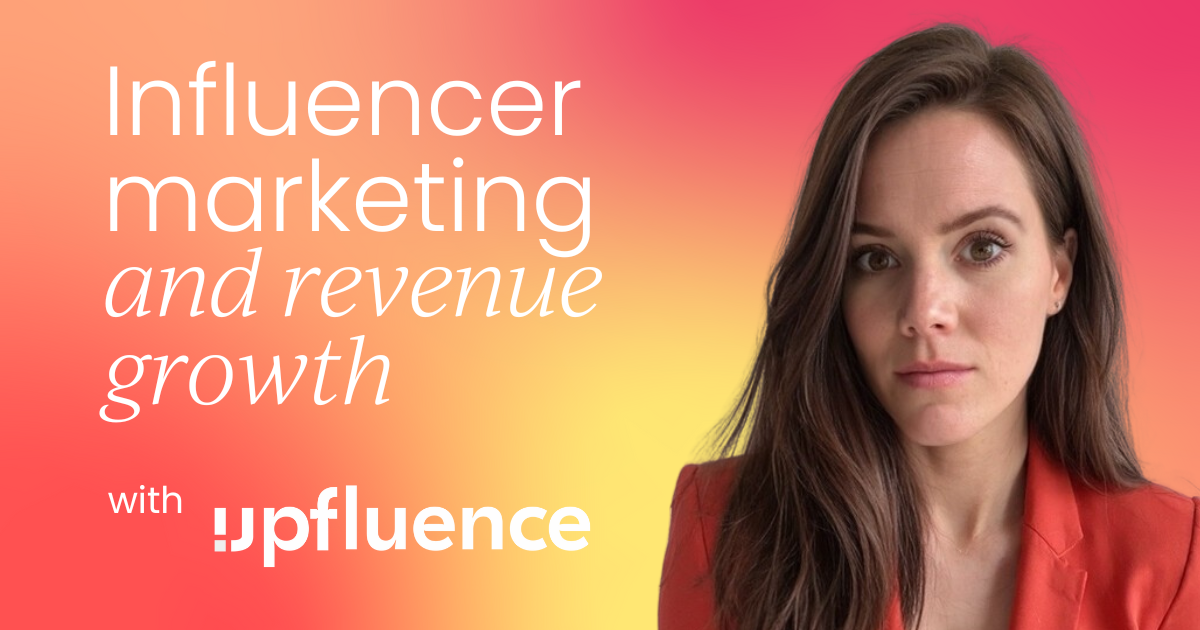
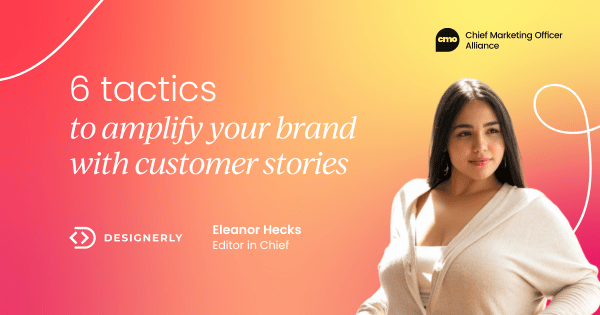




 Follow us on LinkedIn
Follow us on LinkedIn





